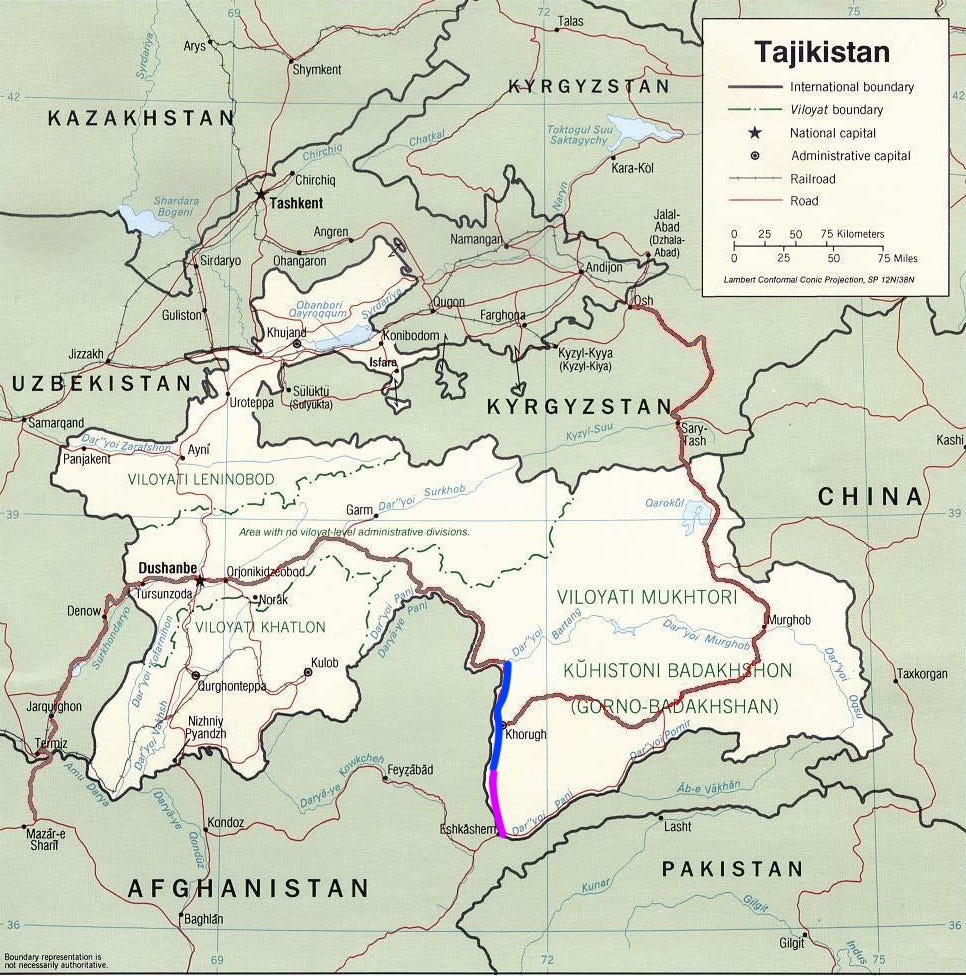
By now we had been driving along the Afghan border for three days, only the river flowing in between the two countries. It gets you wondering how life looks like on the other side. Were kids playing with the same carelessness as on our side? Were the people tending to the houses living in the same conditions as on our side of the river? Had the relatively new Taliban government reached this very remote area of the country? It was so close and yet so far away. One must imagine that the northern border of Afghanistan with Tajikistan is surrounded by the highest mountains in the region – on average, 5000m high. And the region we were looking at right on the other side of the river was just north of these peaks. It is therefore almost totally isolated from the rest of Afghanistan. It was said that to reach this area of Afghanistan from Kabul, one would have to first fly to Dushanbe and travel the rest by car.
We left Rushon and continued on our scenic route. The weather was splendid, and autumn was offering its best colors; the trees were showing ranges of orange and yellow. We drove up a steep, highly exposed gravel road to a village - Dasht - where the view was supposedly worth the risk of falling off the cliff that takes you there. And it was. We passed a couple of houses and found the most open view over the valley. Below us ran the Panj river, curling around little islands, forced by the winding valley. The autumn poplars shown like bright flames on the snowy peaks behind. Xavier wandered off and as Lisa went looking for him, she found him playing frisbee on a football field with local boys.
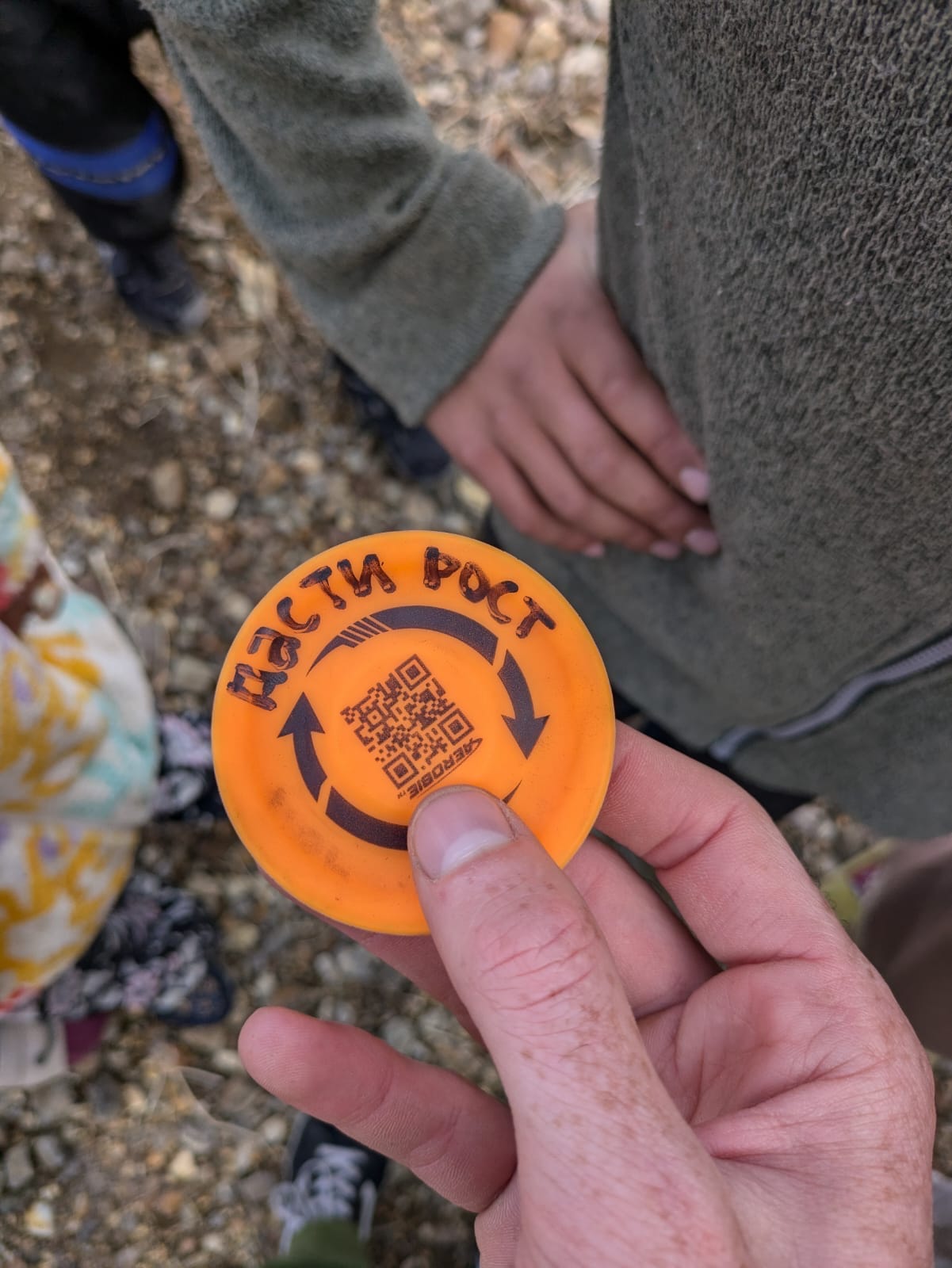
At first, the kids couldn’t throw the frisbee properly, and did not want to play. But as soon as one of them understood how to do it and managed a long throw, everyone else wanted to learn, and the frisbee became the main attraction of the day. One kid taught the other, and Xavier coached using only the words good and bad in Tajik. Lisa sat down in the grass to watch as a group of girls crossed the field, coming back from school. They all giggled at our sight and waved. She gestured for them to come over, and this little get-together suddenly turned into an English class, with books and “listen and repeat” exercises.
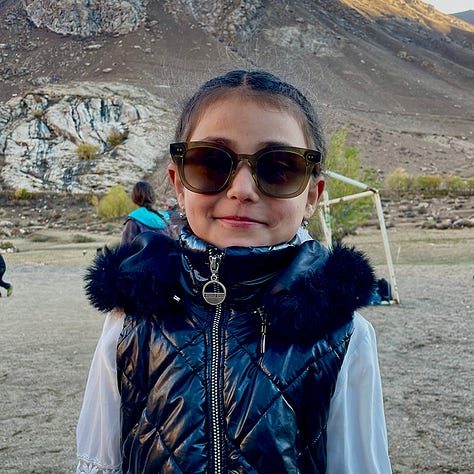
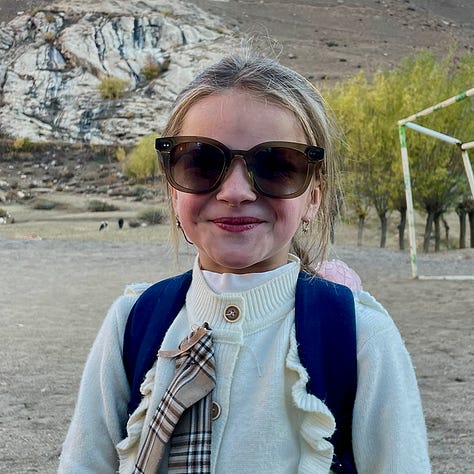
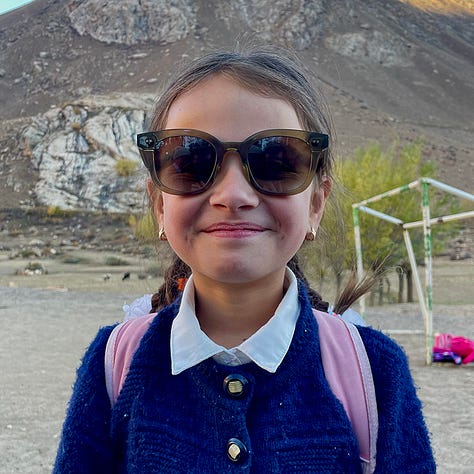
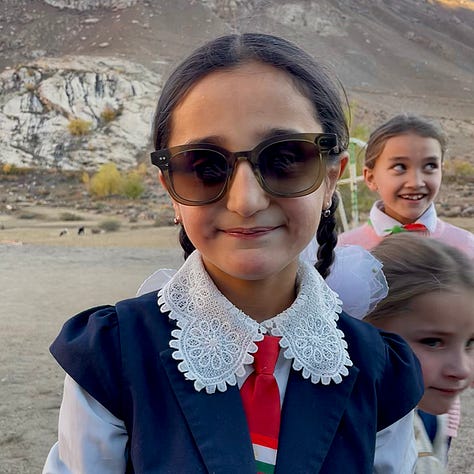
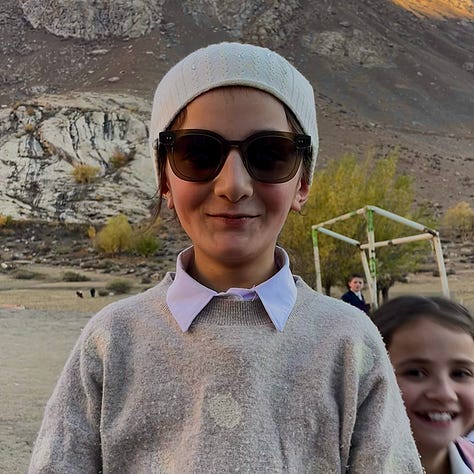
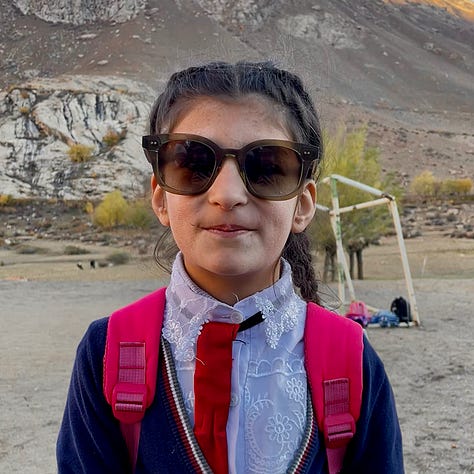
We spent the afternoon playing and chatting. Our football match (played with a Tennis ball, the only ball in the village) was continuously interrupted by field invasions. Once it was a dog, another time two dwarf goats. Somehow unbelievably, even in this remote corner of the world where houses have no electricity, the kids cheered after a goal by screaming “Cristianooooo Rooonaldo!” and doing his signature move. It took some effort, but we got the girls to play as well. They were preferring the frisbee to football. In the dying light, the landscape just kept getting more beautiful. The kids were so happy, and we had the most cliché thought that one can have: “They have everything, and they don’t know it”. The truth is that they certainly did not have everything, but for sure they were happy.
The next morning, it was a brisk, sunny day. Xavier went out for a walk, and found one of the 10-years-old frisbee athletes pushing a wheelbarrow containing two empty plastic canisters. He offered to help, and – led by the kid – pushed the wheelbarrow through the village, to reach the only water spring. Filling and lifting 20l canisters is a hard task for a 10-year-old, and he could use all the help. Having loaded the wheelbarrow, he led the way back to his house, and Lisa joined them too. We delivered the water, and were thanked with a shy old smile through an ajar door. None of the houses in the village had running water, we learned.
Walking back to the van, the oldest of the frisbee players gifted us a bag filled with little apples. We thanked him profusely, and decided that our frisbee had found its home. In a ceremony where Xavier briefed the kids on the best throwing technique again, we gave the frisbee to the girls, believing them to be better at sharing it among the entire community. Ten minutes later, it was already in the hands of the wheelbarrow kid, that was pocketing it with the ease of a long-time owner. We looked up the Tajik words for “everyone” and “together”. He nodded, gravely, but the frisbee never left his deep pocket.
It was time to leave. Driving down the steep village road, we briefly looked up. All the kids had lined up on the edge of the ravine, and were waving goodbye. This would become one of our fondest memories of our journey in the Pamir.
Once again on the river shore, we followed the road – a cocktail of old asphalt and gravel – all the way to Ishkashim. Here, hidden from the Afghan side by some bushes, we stopped for the night, feeling quite tired after all that frisbee chasing at 2400m.
We’re publishing this story in parts. Next time: Day 5 - from Ishkashim to Rachiv





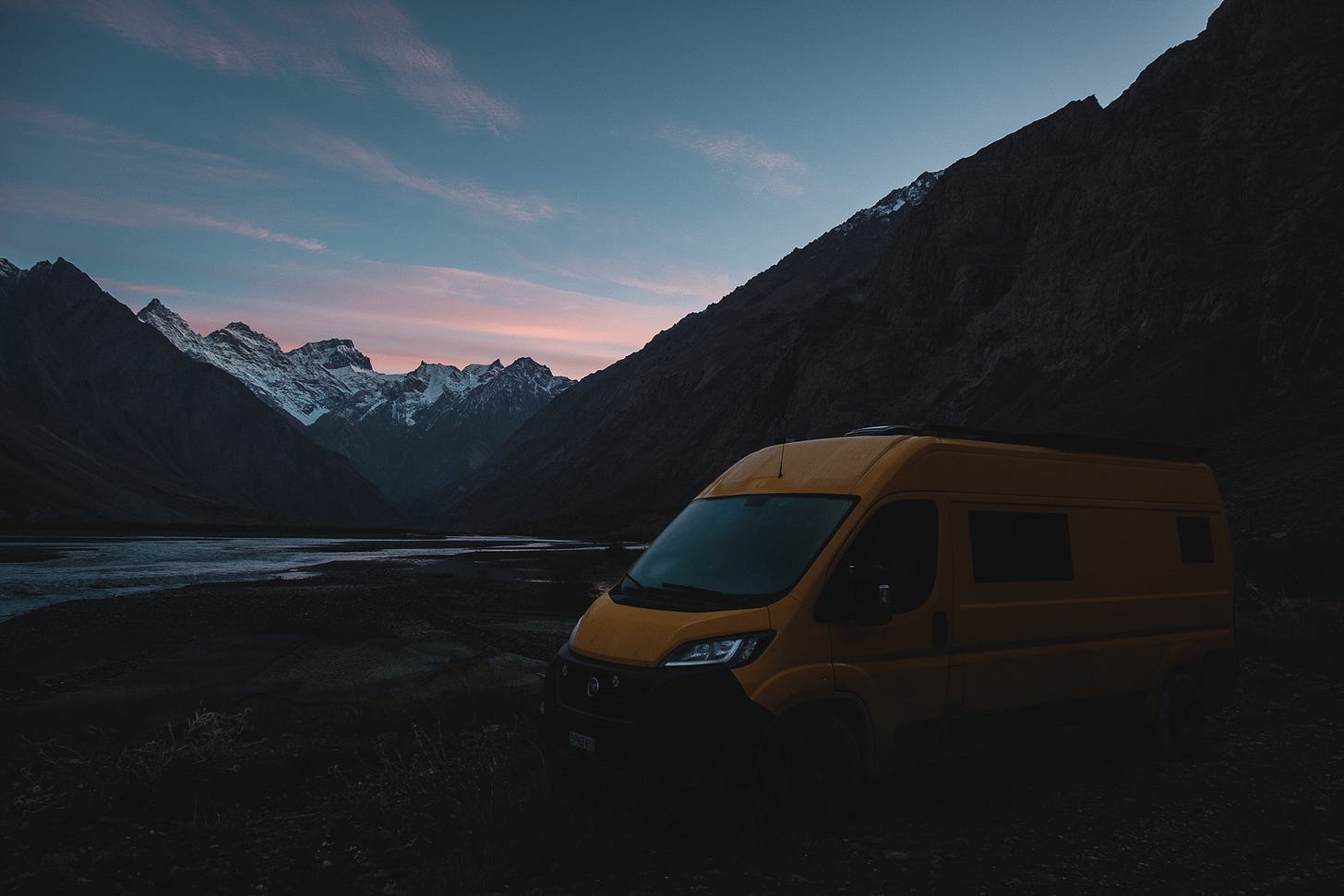
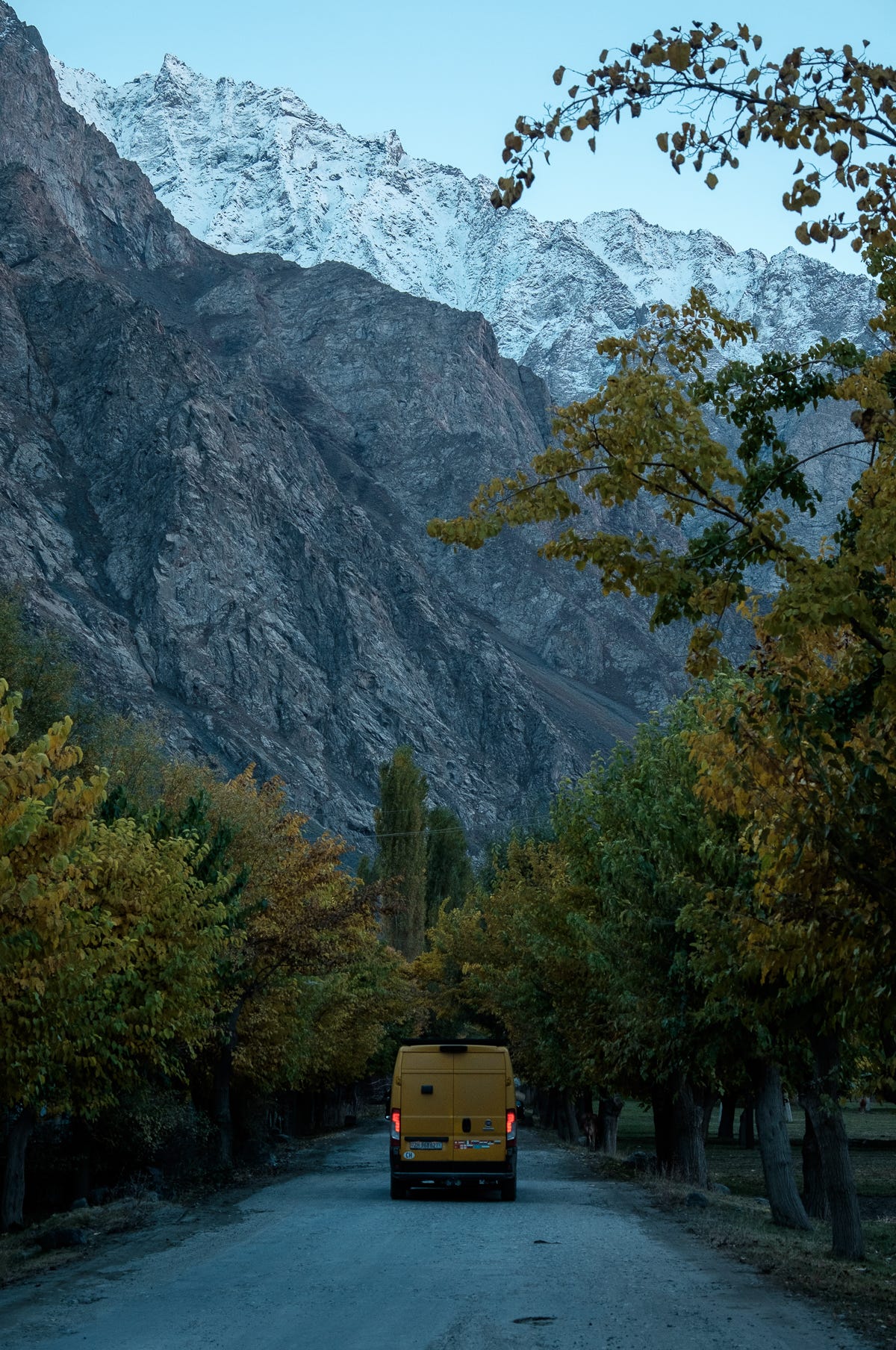
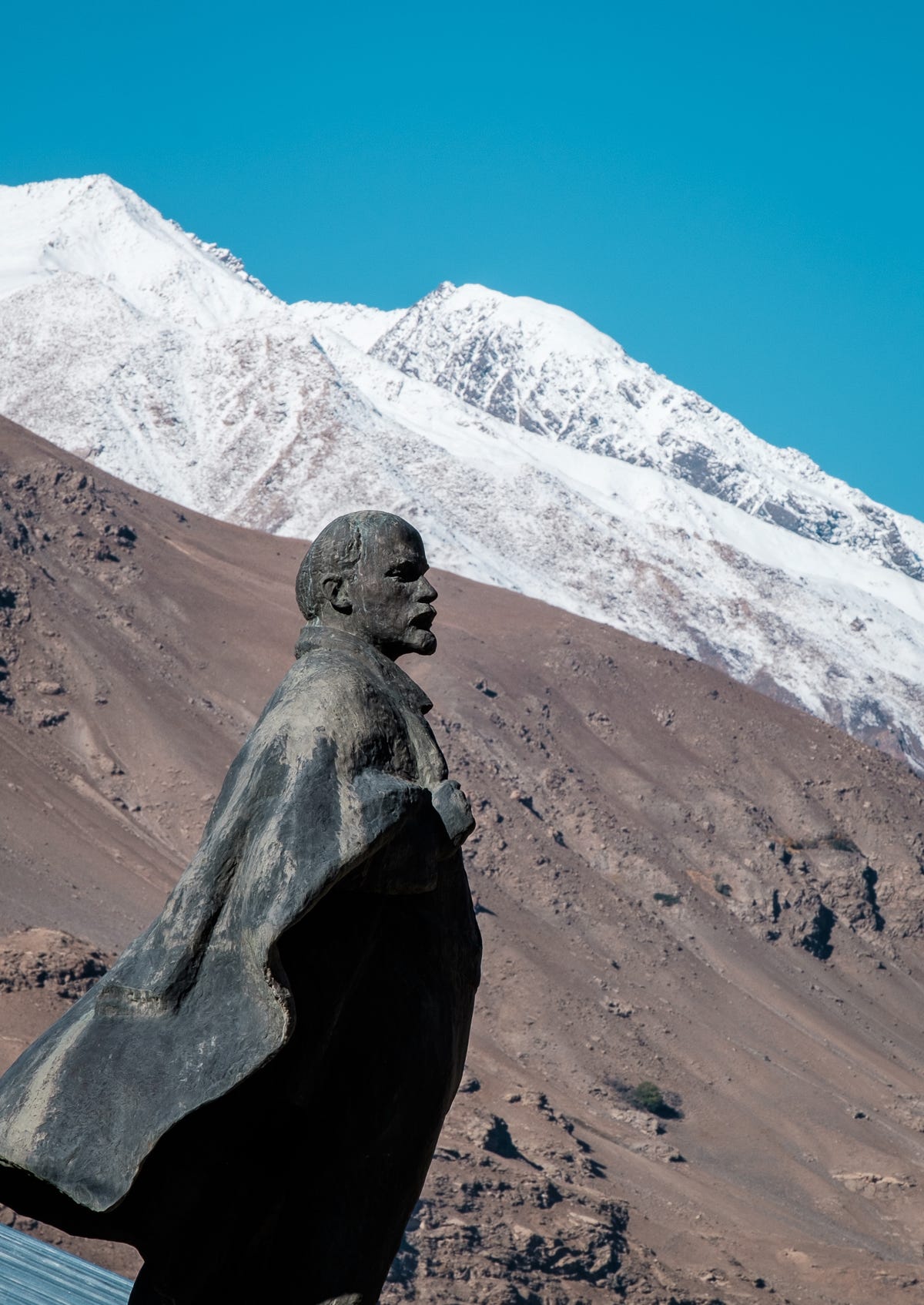

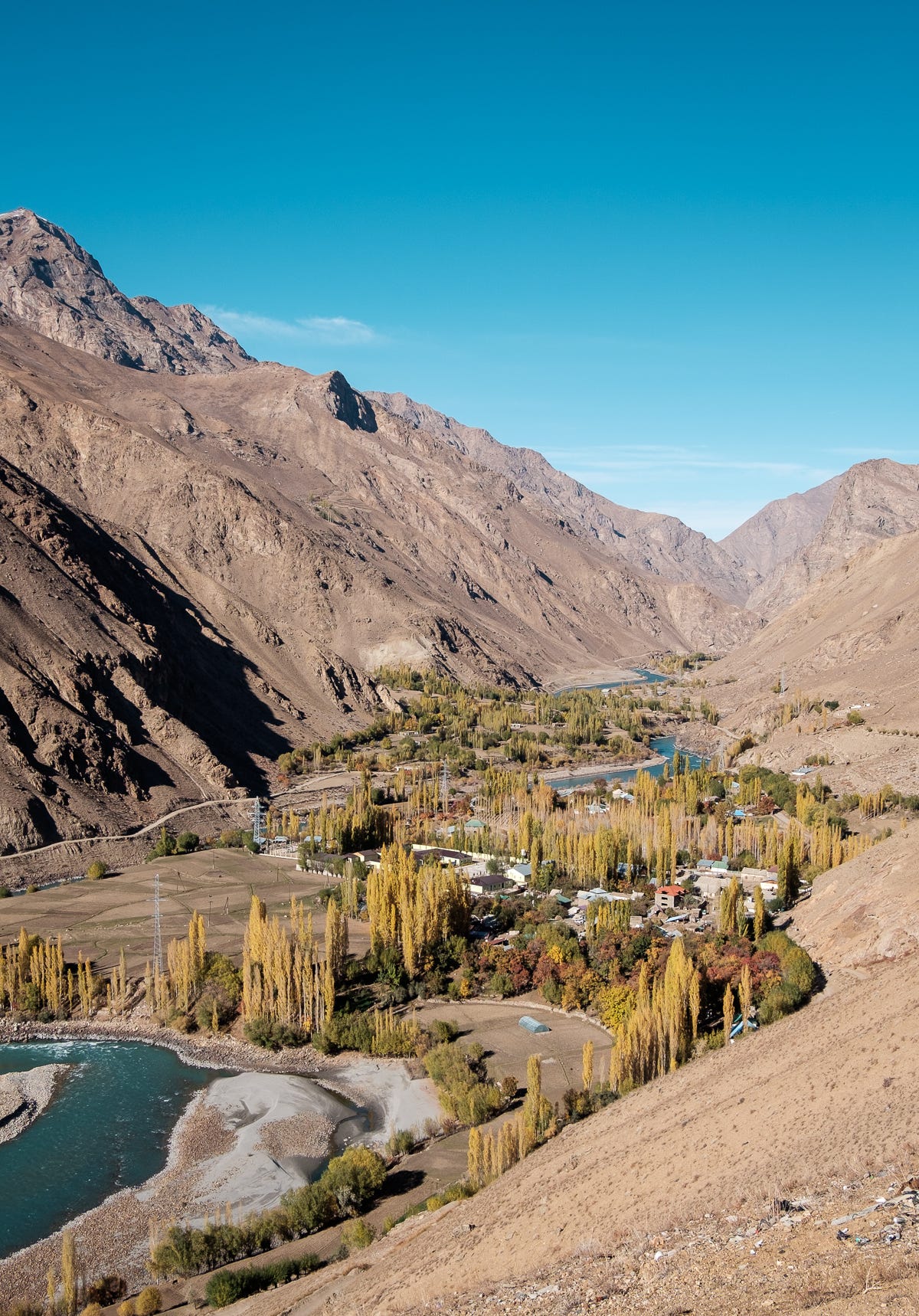
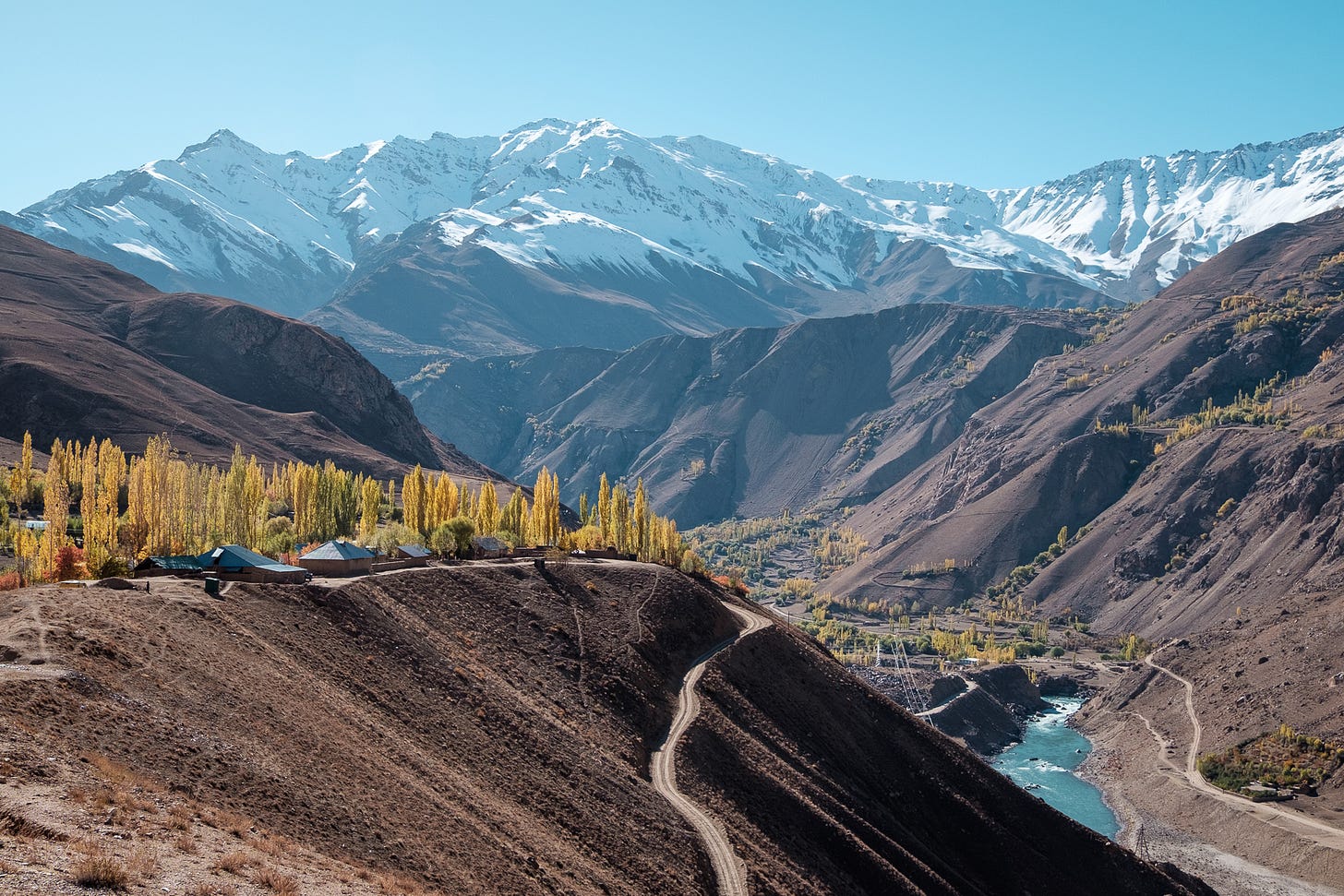
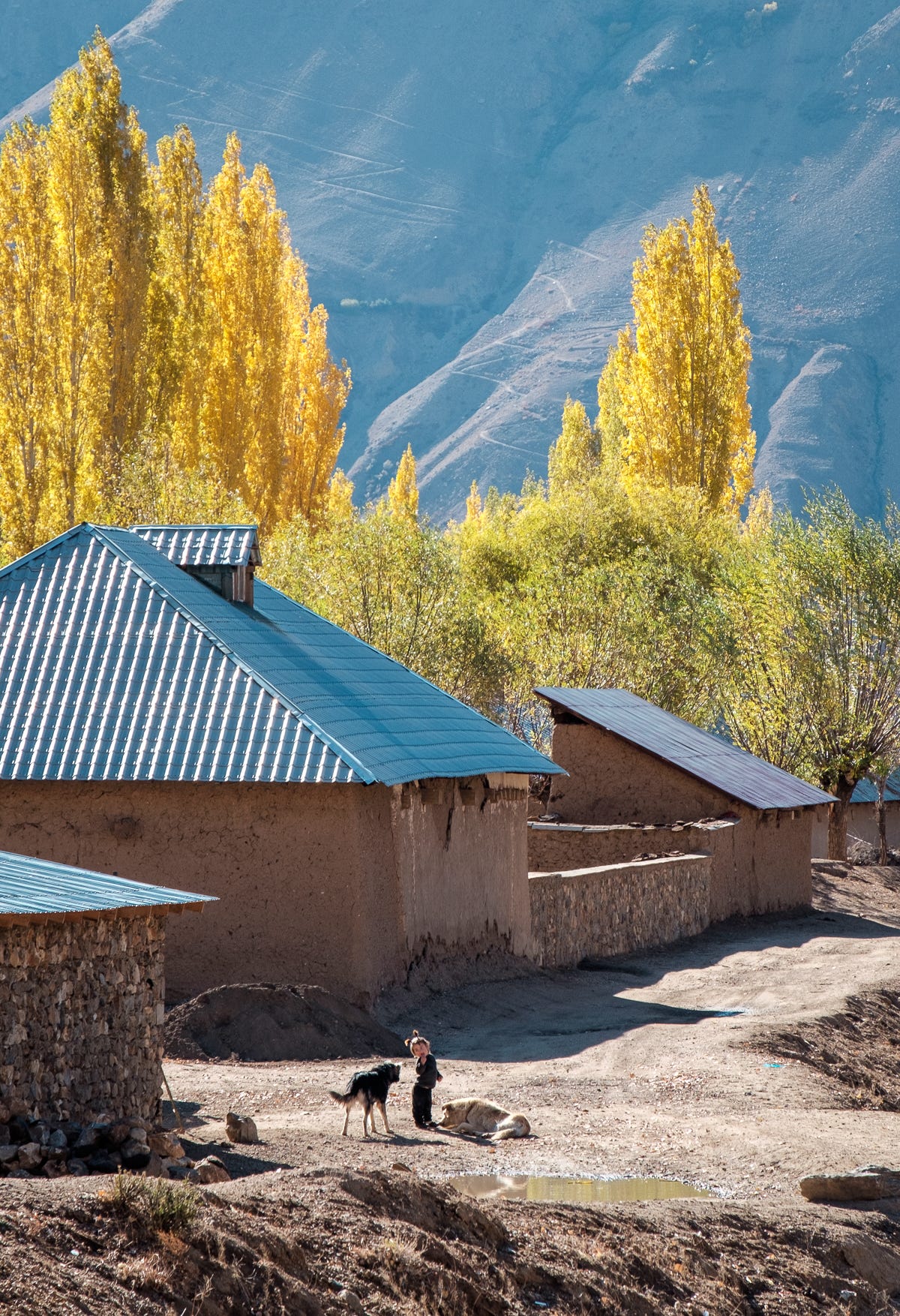
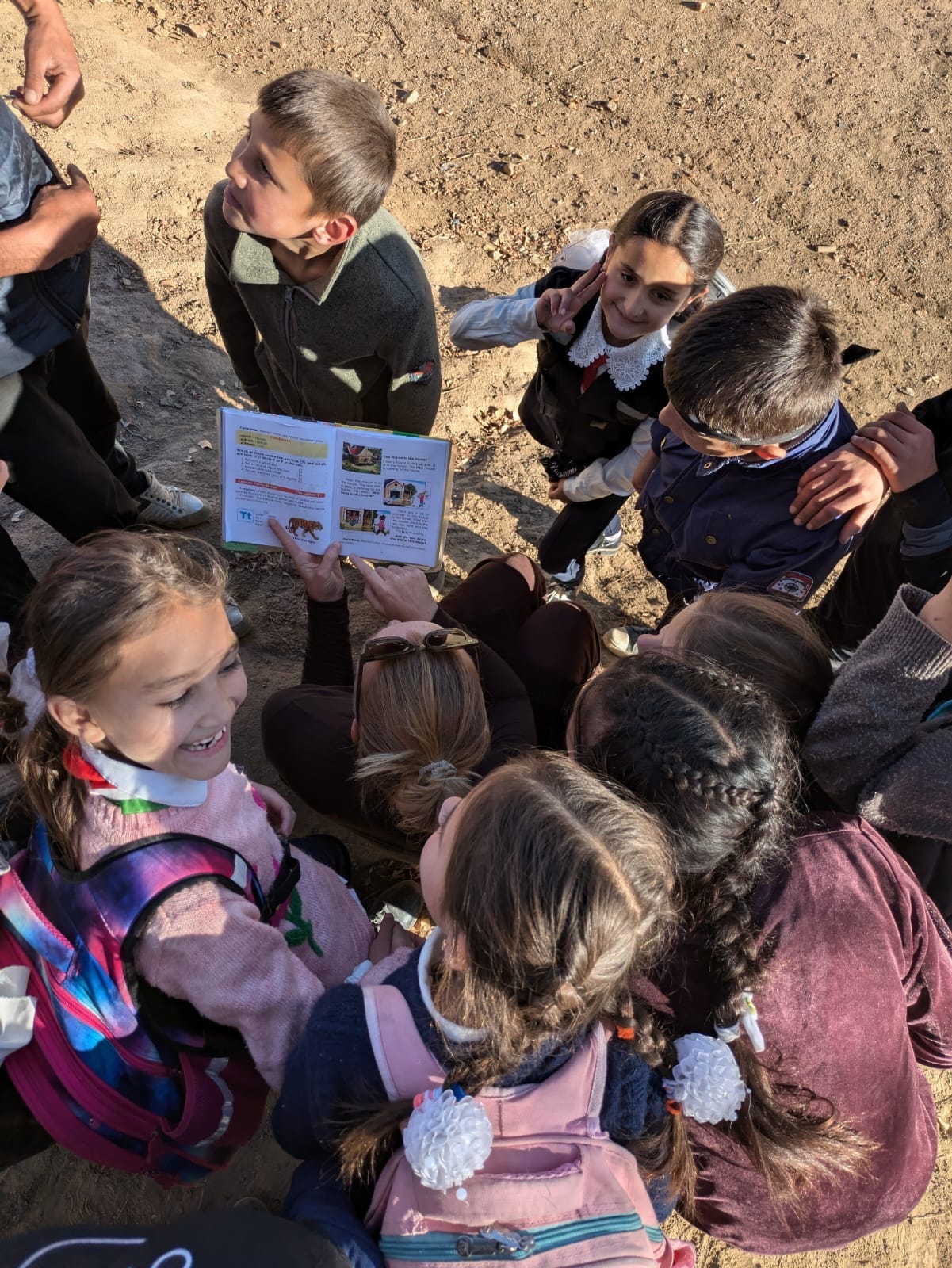
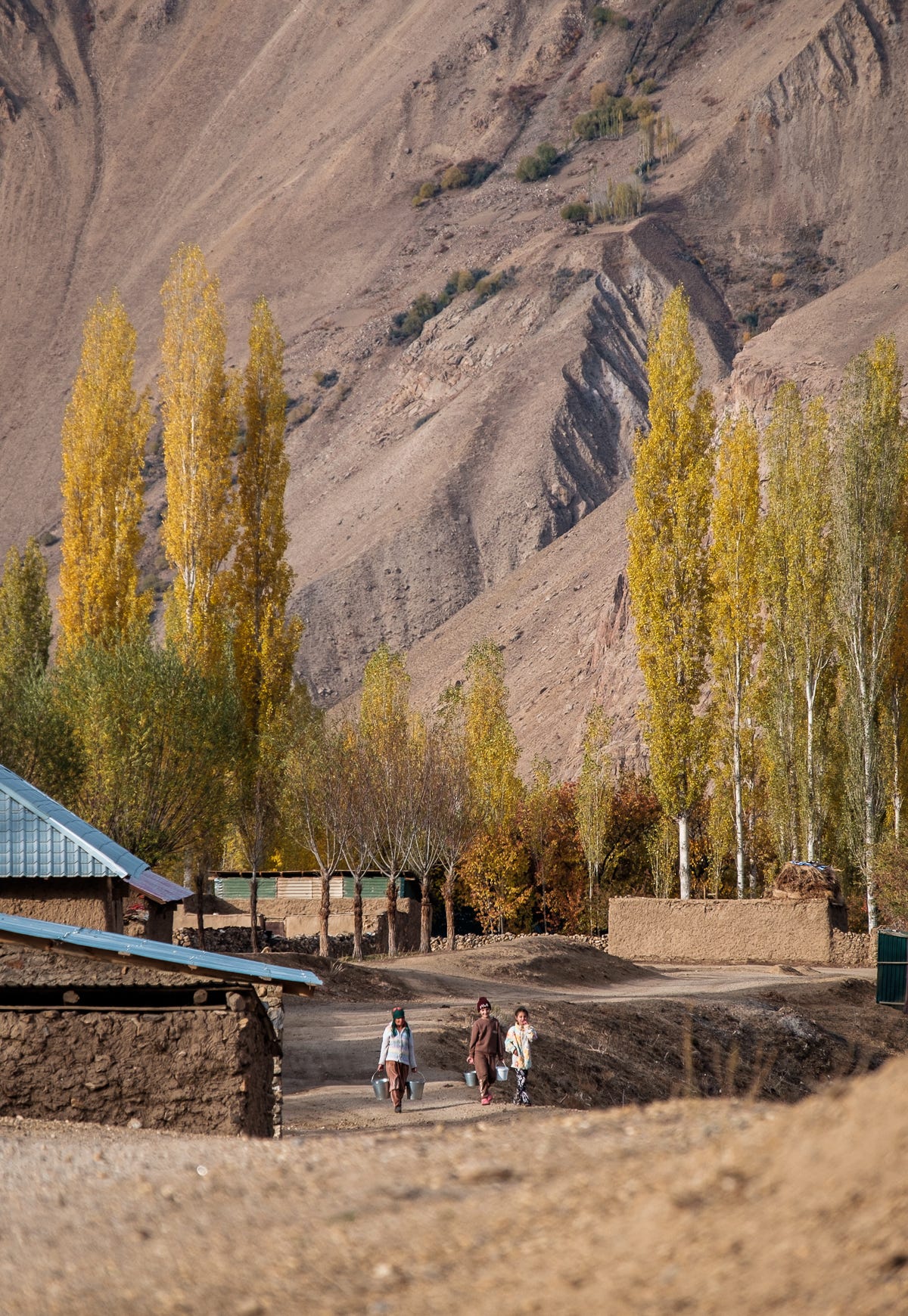

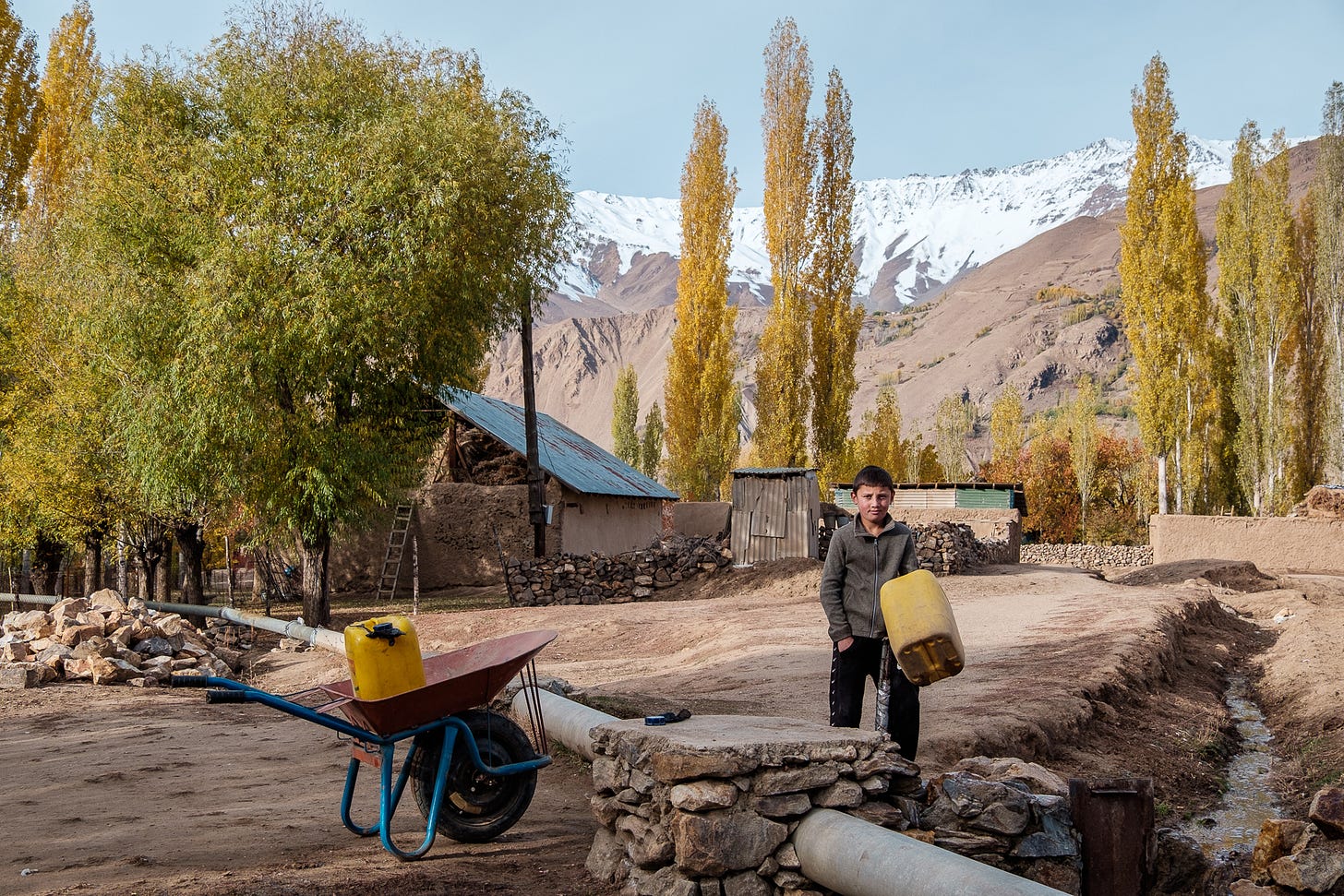
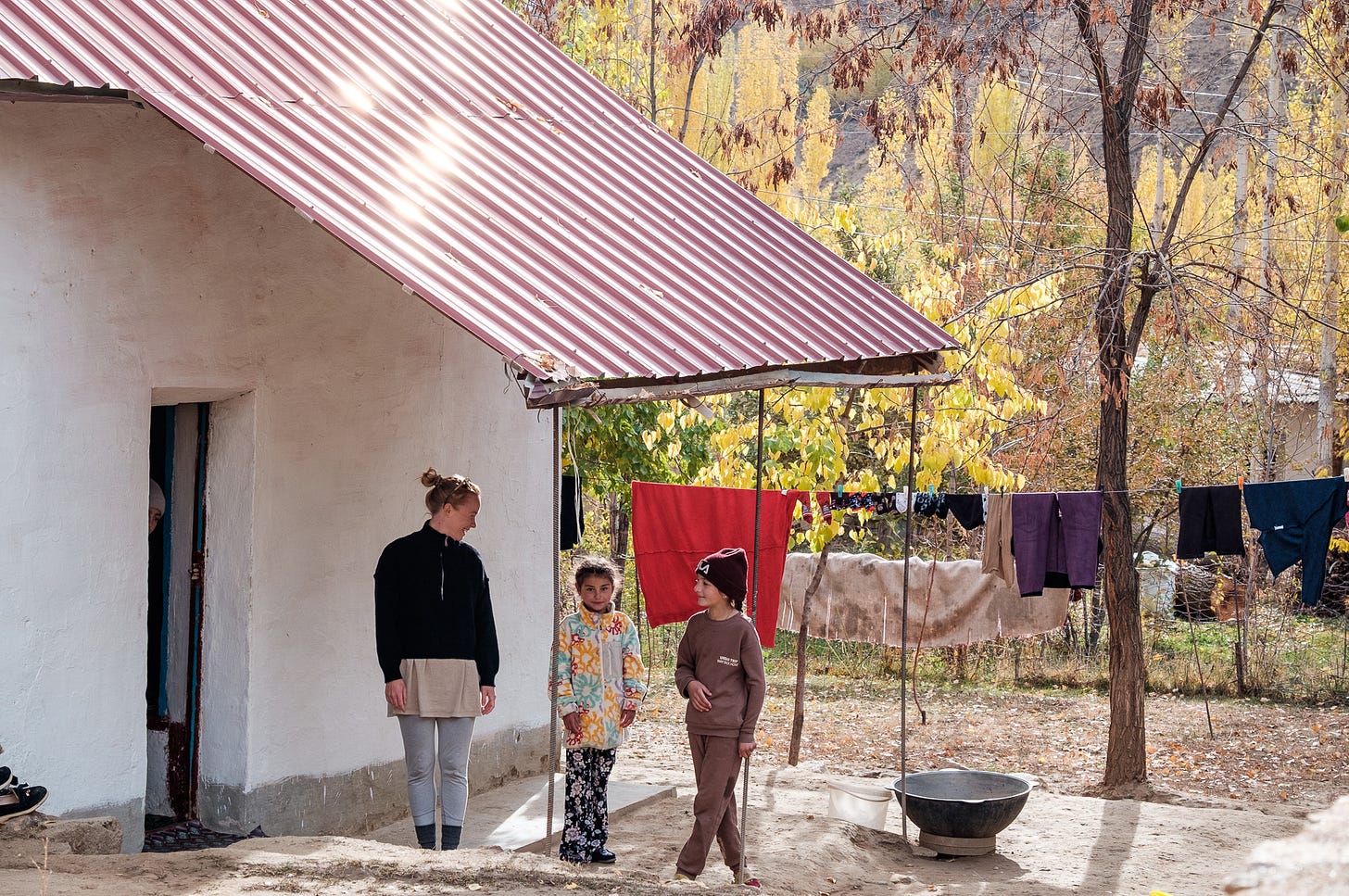
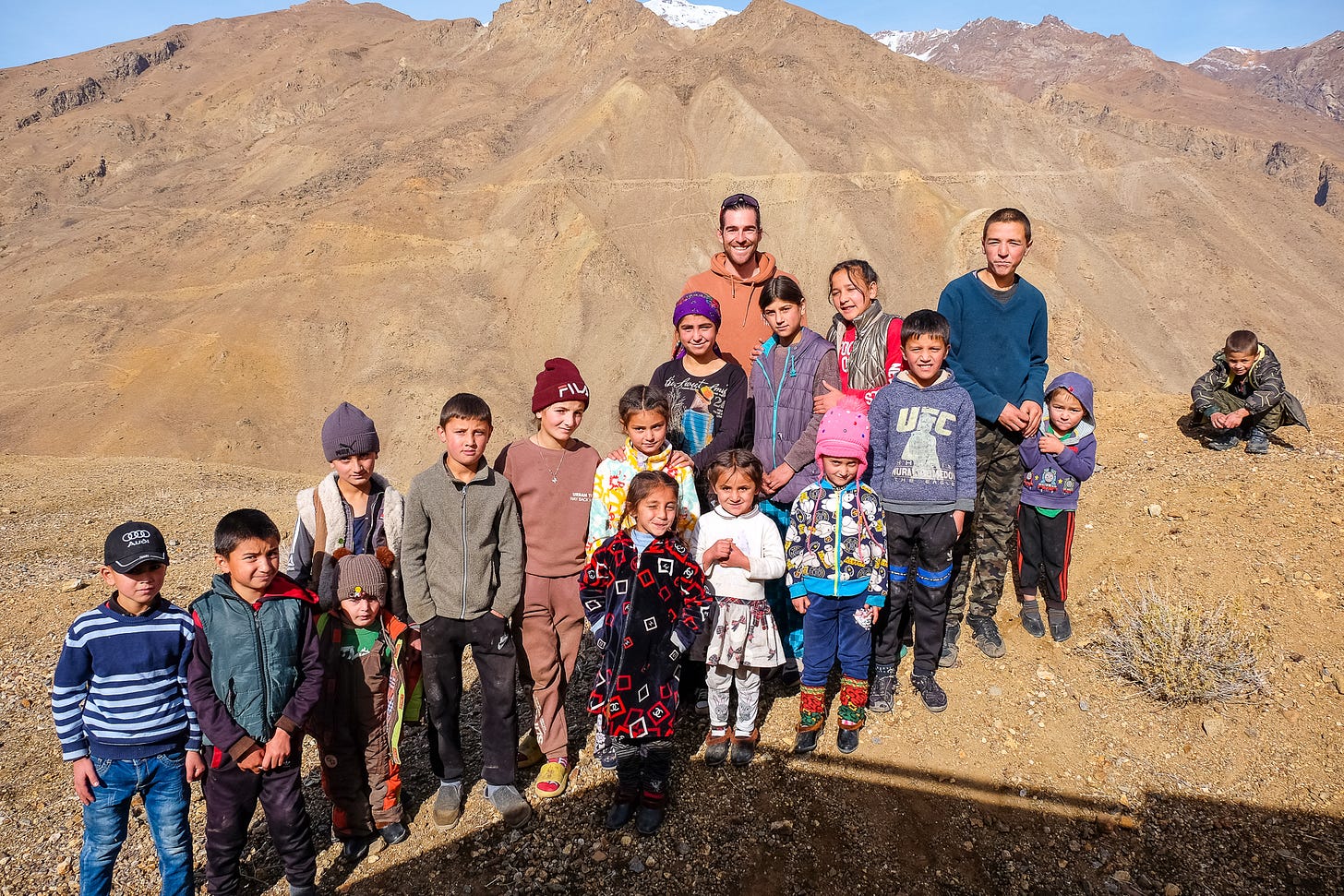
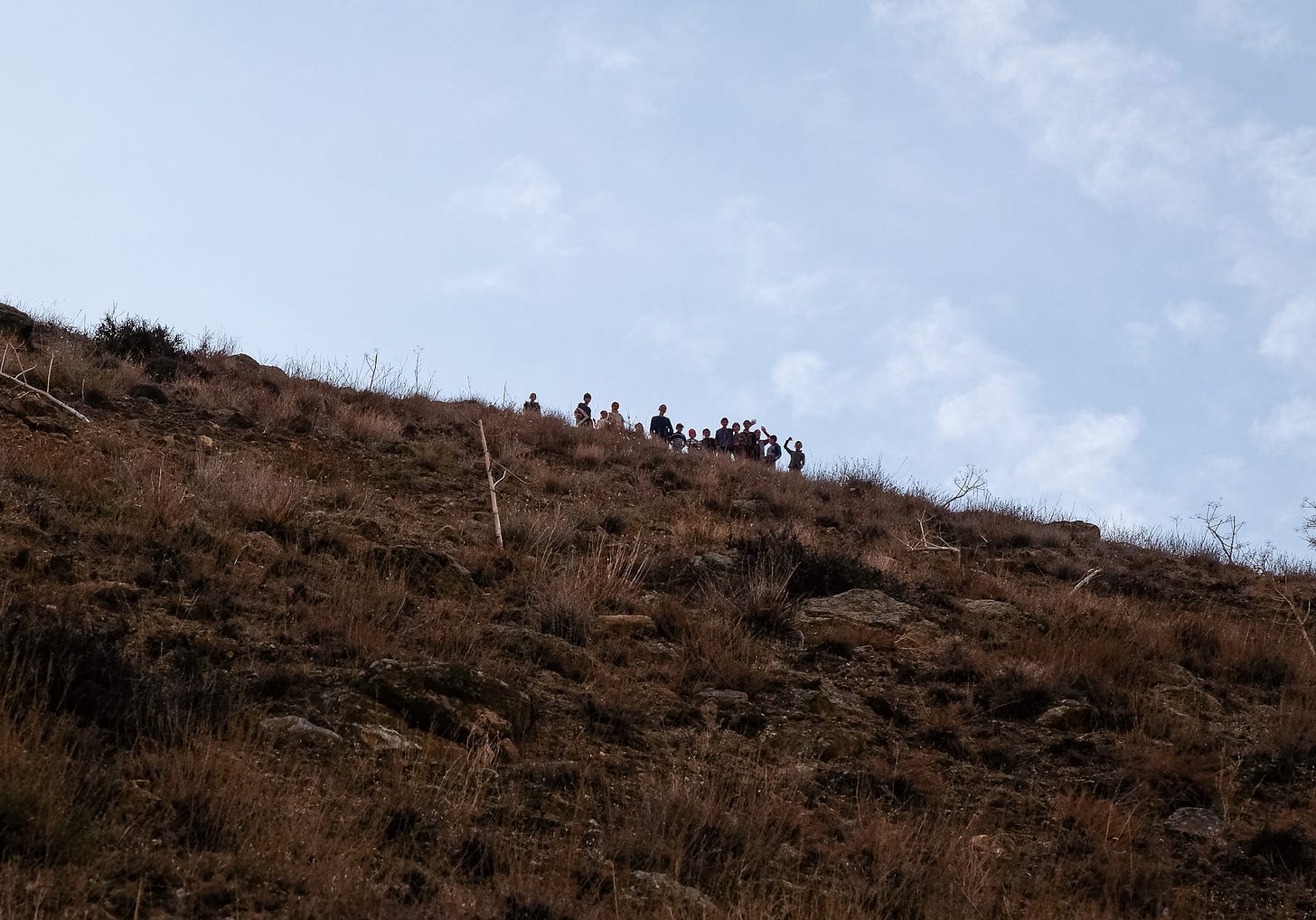
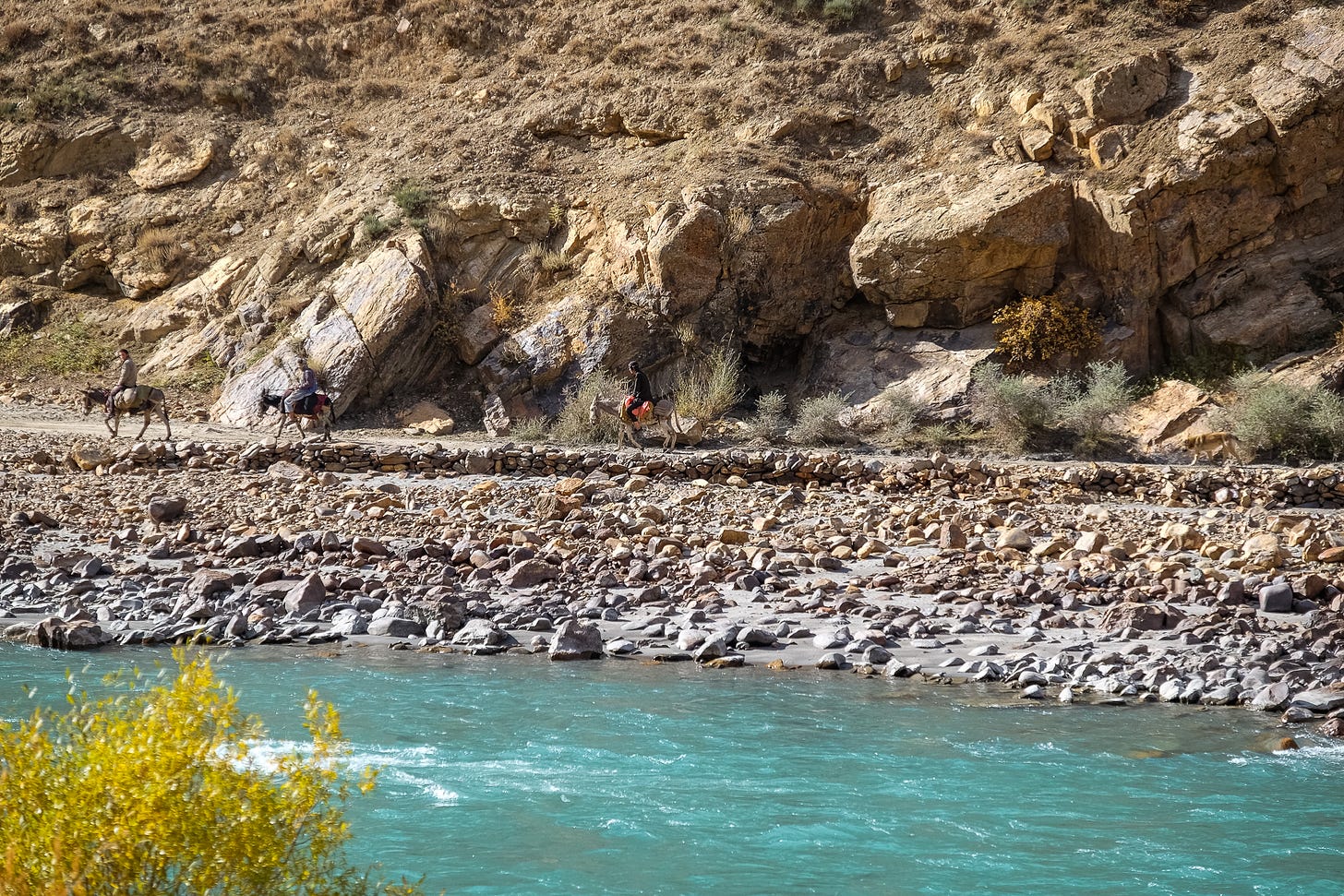
I absolutely LOVE the photos of all the kids!!! It is sheer happiness, cheekiness and freedom 😍
Les rencontres les plus belles et inoubliables de votre voyage : les enfants.
Ce sont eux qui laissent une empreinte durable dans votre cœur, avec leurs sourires, leur curiosité sans limites et la joie pure qu’ils apportent.